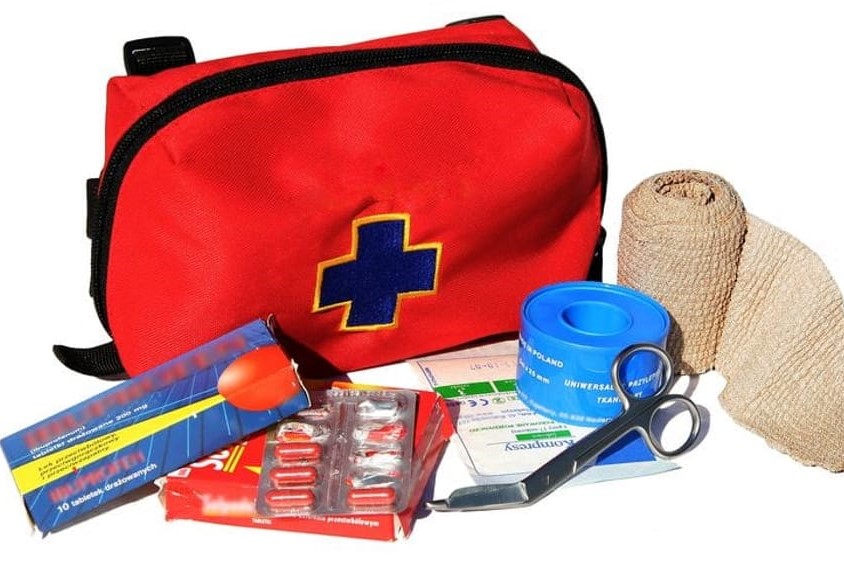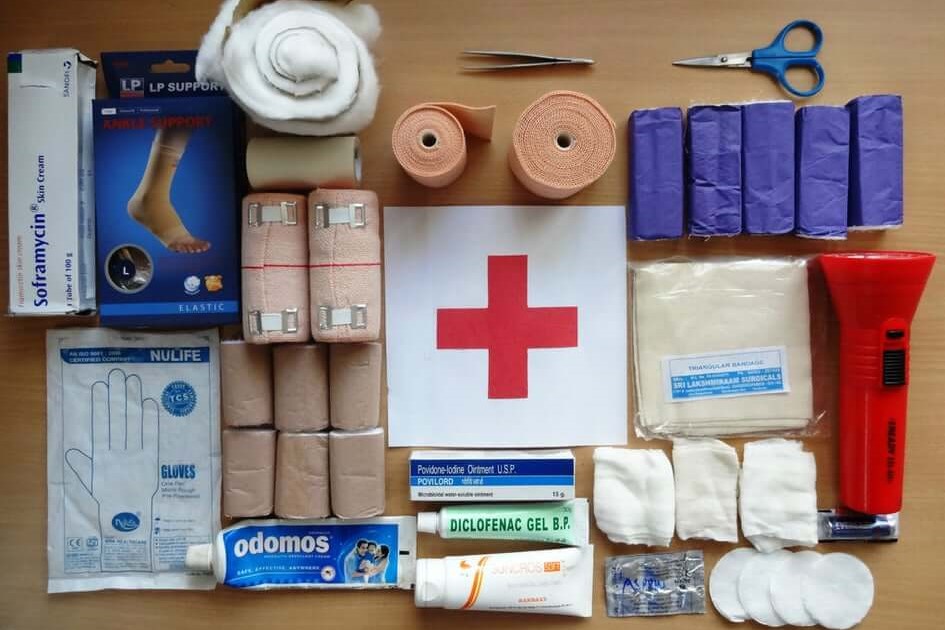
12 Essential Items to Have in Your DIY First Aid Kit
Whether it is at home, in your car, workplace, or even when travelling, it has been established that a first aid kit is an essential tool to have
There is a variety of ready-made or pre-built first aid kit in the market
They are available everywhere – from your local pharmacies, supermarkets, and even online.
First Aid kits may range from a few bucks to more costly depending on their contents.
While you may be able to find a pre-made kit that suits your needs, they can still present certain risks.
These include but are not limited to; low-quality products, unnecessary supplies, and lack of organisation.
All of these make it difficult to find what you need in an emergency.
FIRST AID TRAINING? VISIT THE DMC DINAS MEDICAL CONSULTANTS BOOTH AT EMERGENCY EXPO
Sometimes, the best way to have a First Aid kit is to create it yourself
We have put together this comprehensive guide to help you create a First Aid kit of your own that will fit your needs.
First Aid Risk Analysis
Before anything else, the first thing you should consider is the purpose of your first aid kit
Will it be for your home, workplace, or travel?
How many people are expected to use or accommodate the supplies?
What type of environment will you keep your first aid kit in?
All these points will inform the next steps.
Once you have settled on these facts, the next thing to consider is what items you want to have in your kit.
To help you, here are 12 must-haves in a DIY first aid kit
Adhesive Dressings
Commonly known as Band-aids, this type of dressings comes in various sizes.
They are used mainly for covering minor cuts or skin injuries.
Antiseptic wipes
These are essential for cleaning up wounds and equipment that is contaminated with germs.
Bandages
Bandages are a must-have in your kit as they can create support for the strained limbs, reduce swelling, and be used in place of a sling.
CPR Breathing Mask
A breathing mask provides a one-way flow of resuscitation.
It prevents the backwash of vomit, blood, and liquid from the lungs that might diminish the effectiveness of CPR.
Gauze Pads
Have gauze pads in your kit, preferably in large sizes, as they can be cut smaller.
Hand wash
Antibacterial gels are convenient to have in your kit as they do not require water to wash off germs.
Non-Latex gloves
These are important to use in an emergency as they prevent cross-infection through blood or bodily fluids.
Keep an extra pair in the kit just to be safe.
Scissors
Put a small but sharp pair of scissors for cutting bandages.
Microfiber tapes
These are used to secure dressings in place to protect small cuts or bruises.
Thermal or foil blankets
This helps in controlling the body temperature of the person when in shock.
Thermometer
Choose a digital thermometer as they are more accurate and easier to read.
Tweezers
Pointed tweezers are easier to use if removing splinters or anything sharp injected into the skin.
You can also try soaking the skin in warm water.
This will soften the skin, making the removal process easier.
THE RADIO OF THE WORLD’S RESCUERS? VISIT THE RADIO EMS BOOTH AT EMERGENCY EXPO
Not just Kit: First Aid as a Practical Skill
A first-aid kit is a tool that can save lives, but any tool is only as good as the person using it.
First-aid kits are one place where your personal needs and practical skills work together.
Along with the supplies, you will need to have the practical skills that you can use to protect yourself and others.
Many of these skills are easy to learn and may require special certification or formal training.
Practical skills include:
Perform hands-only cardiopulmonary resuscitation (CPR)
Using an automated external defibrillator (AED)
Use the contents of a first-aid kit
Be prepared in case of an emergency.
Read Also:
Emergency Live Even More…Live: Download The New Free App Of Your Newspaper For IOS And Android
What Should Be In A Paediatric First Aid Kit
Electric Shock First Aid And Treatment
The Patient Complains Of Blurred Vision: What Pathologies Can Be Associated With It?
T. Or No T.? Two Expert Orthopaedics Speak On The Total Knee Replacement
A Tourniquet Is One Of The Most Important Pieces Of Medical Equipment In Your First Aid Kit
First Aid For Dehydration: Knowing How To Respond To A Situation Not Necessarily Related To The Heat



